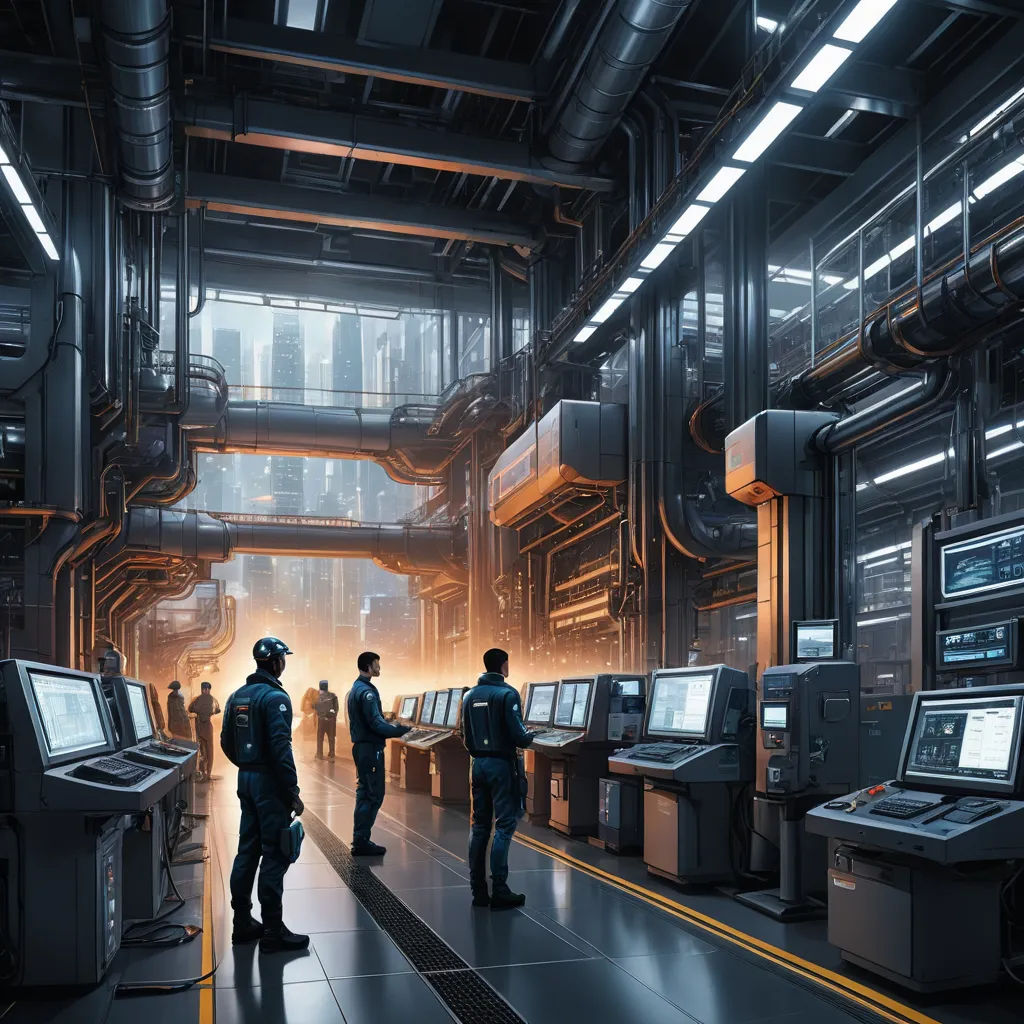
The Power of Automation
By Wesley

07 Feb, 2024
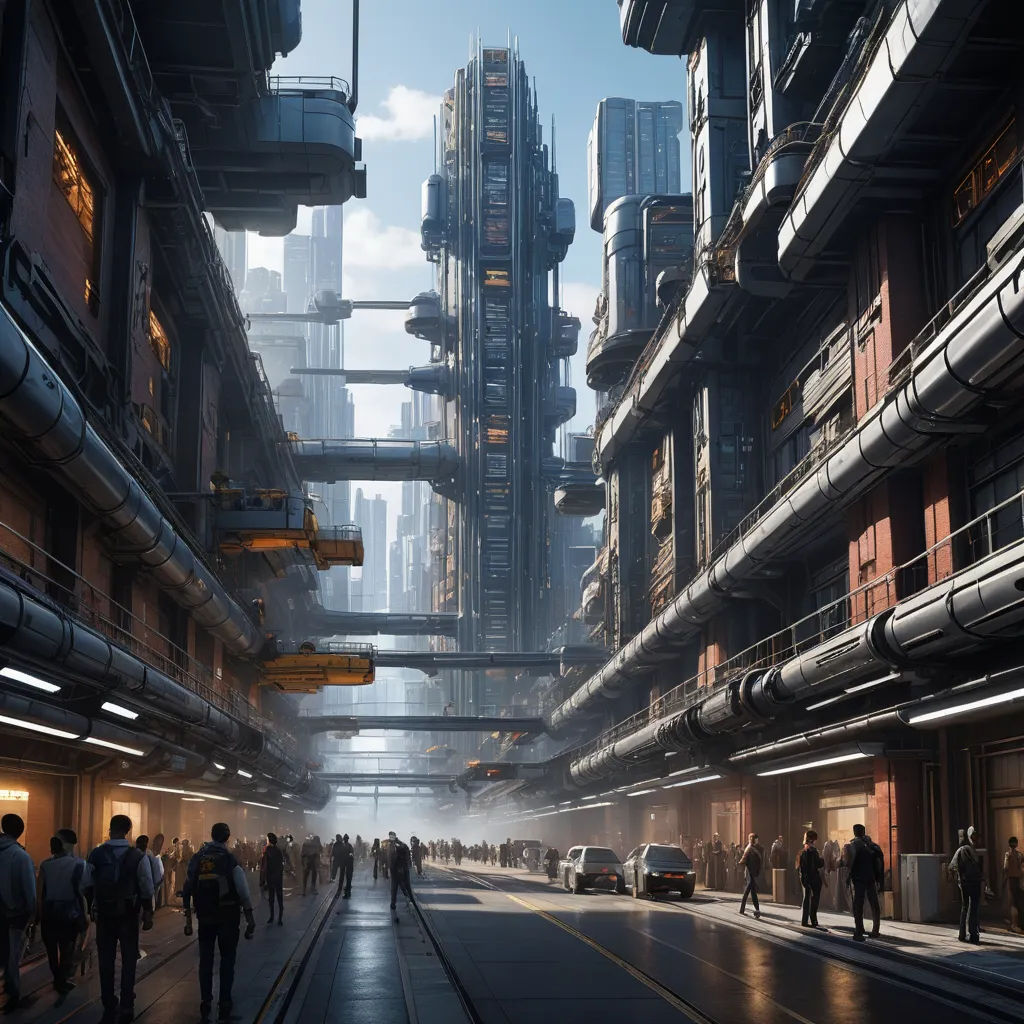
In the bustling metropolis of Technopolis, a city driven by innovation and technology, a transformation was taking place. The century-old factory that once formed the heart of the city was being modernized with the latest automation technology.
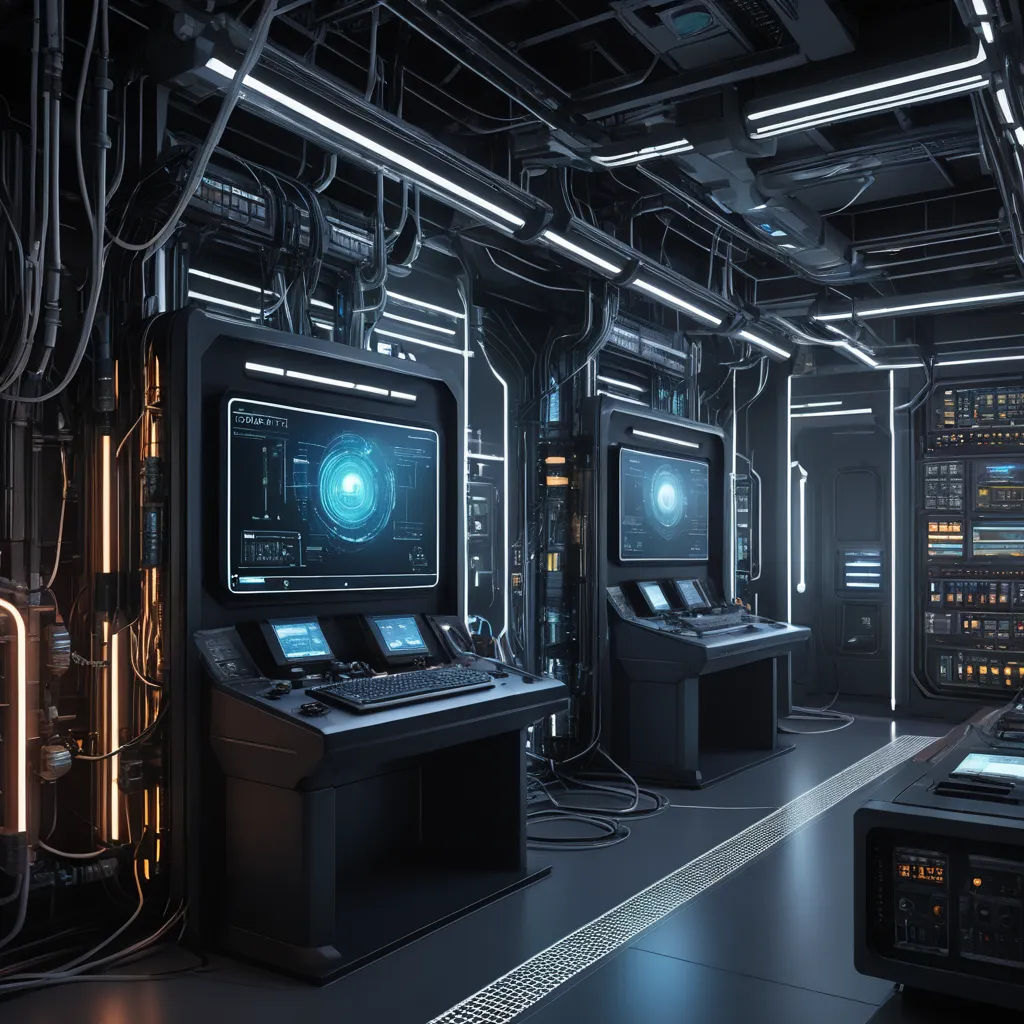
At the center of this transformation was the Programmable Logic Controller (PLC), a device known for its versatility and adaptability. The PLC was not just a tool for industrial needs, but a versatile device that could manage any system with input, processing, and output.
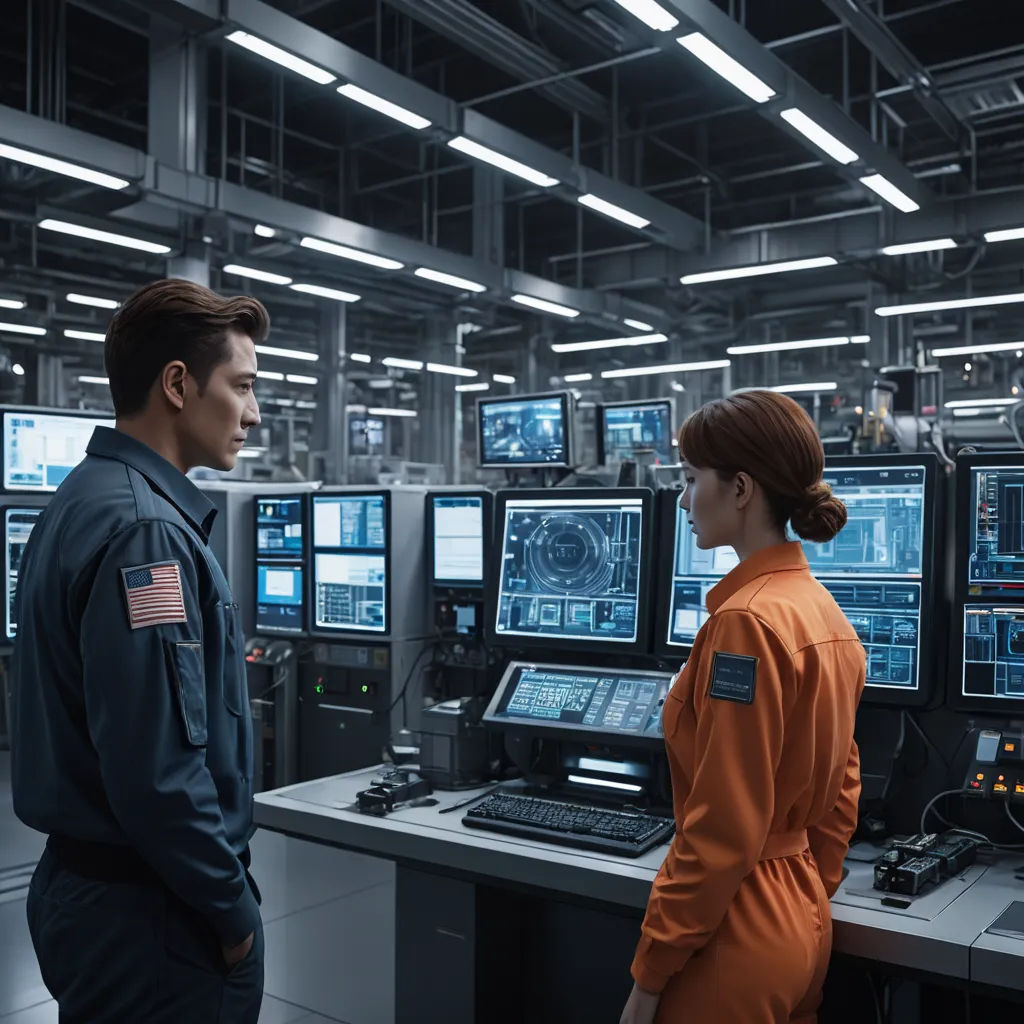
For the factory workers, this was a new era. They were transitioning from manual labor to supervising automated processes. The PLC was their companion in this journey, guiding them through the complexities of the new systems.
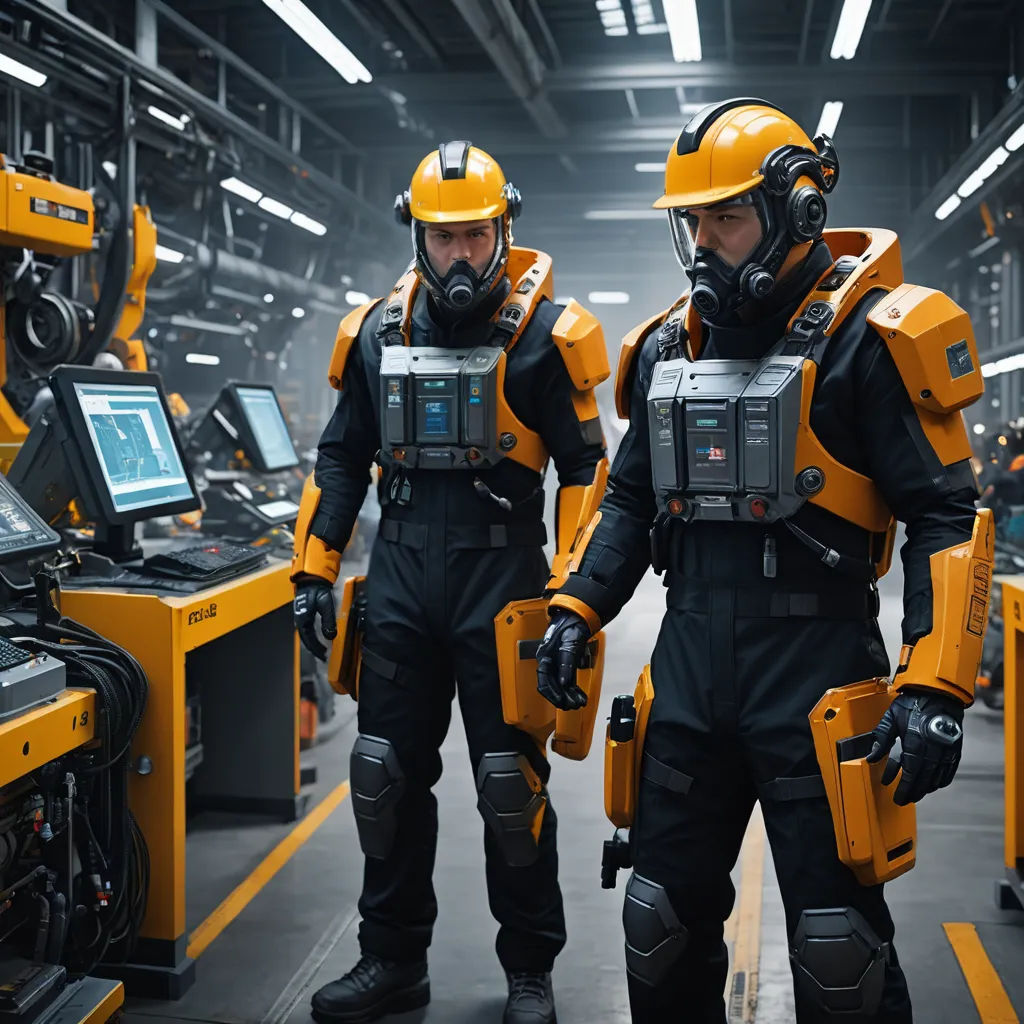
To familiarize themselves with the PLC, the workers were given two models to study: a simple model to understand the fundamentals and a modern model to keep abreast of new technologies.
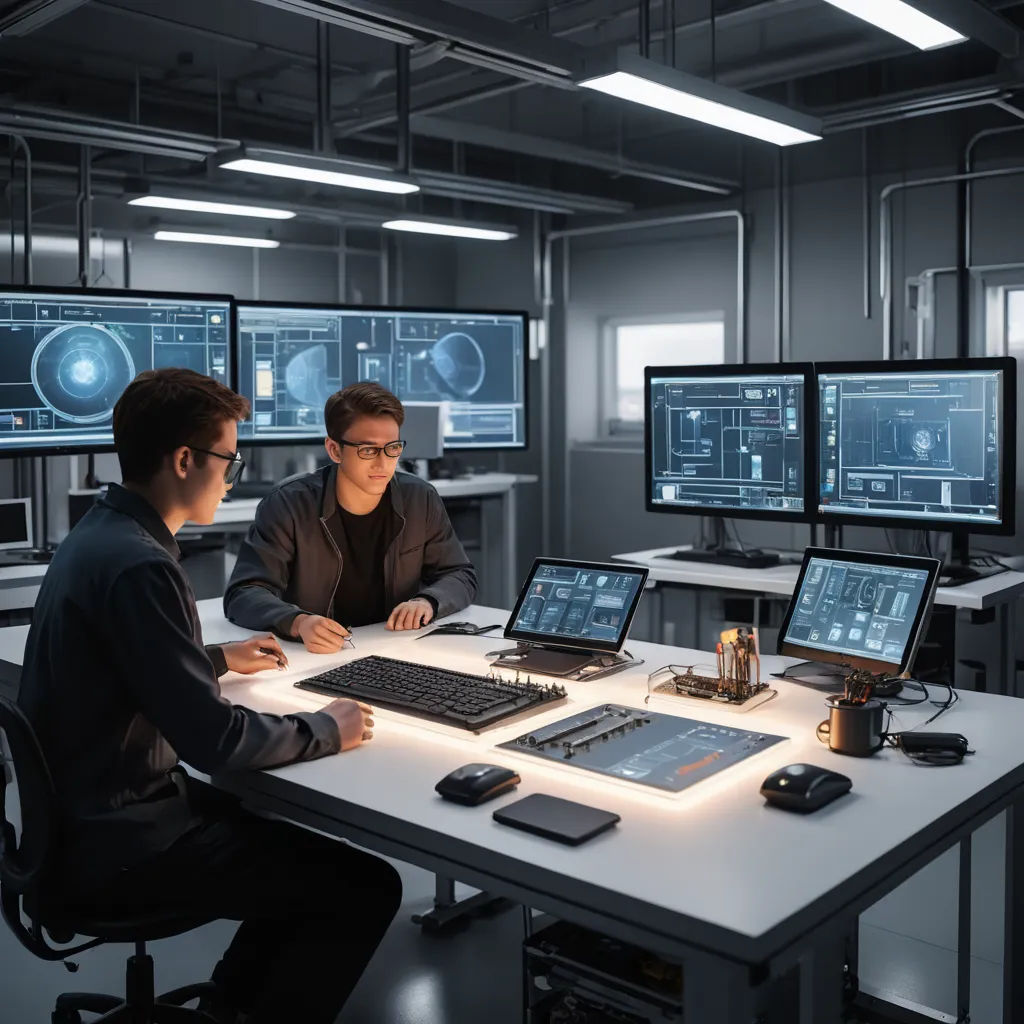
The simple model served as a foundation, introducing them to the basic structure and functionality of the PLC. This helped them understand the PLC's ability to control both straightforward and complex systems.
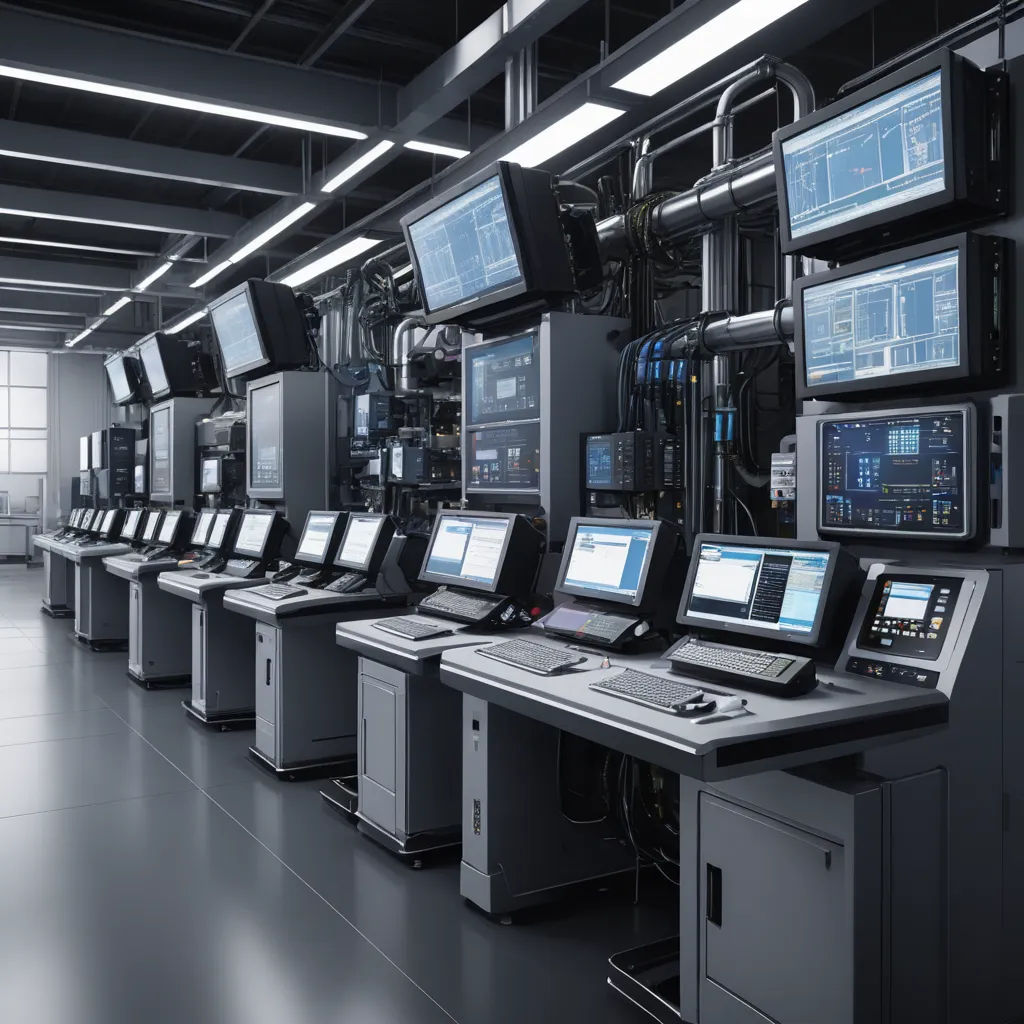
The modern PLC, on the other hand, showcased the latest advancements in automation technology. It demonstrated the PLC's adaptability to evolving industrial needs and its capacity to handle more complex processes.

As the workers progressed, they began to appreciate the power of modular programming. They realized that by separating the responsibilities within the logic, they could simplify maintenance and use the same routines in various parts of the code.
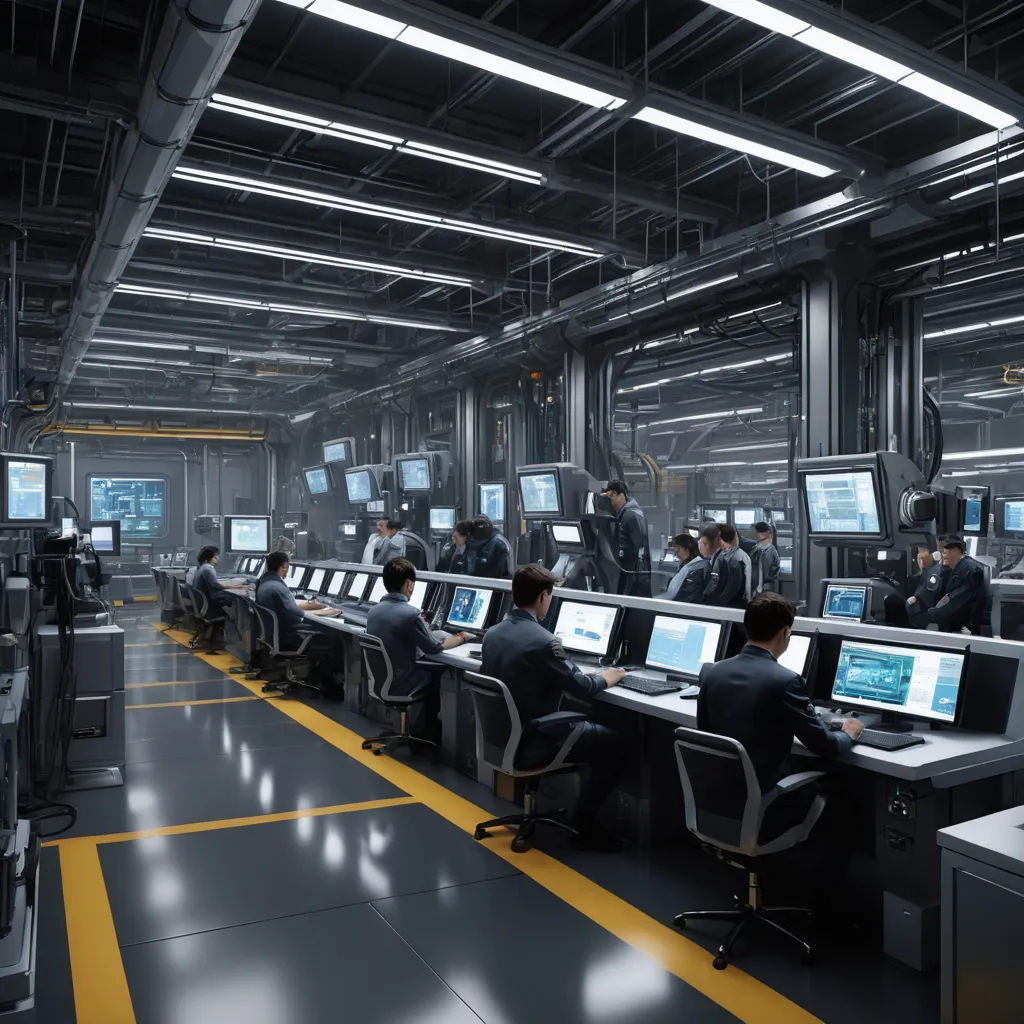
This realization was crucial as the factory's processes were ever-changing. A modularized system would not only facilitate maintenance but also ensure the system's ability to adapt to changes efficiently.
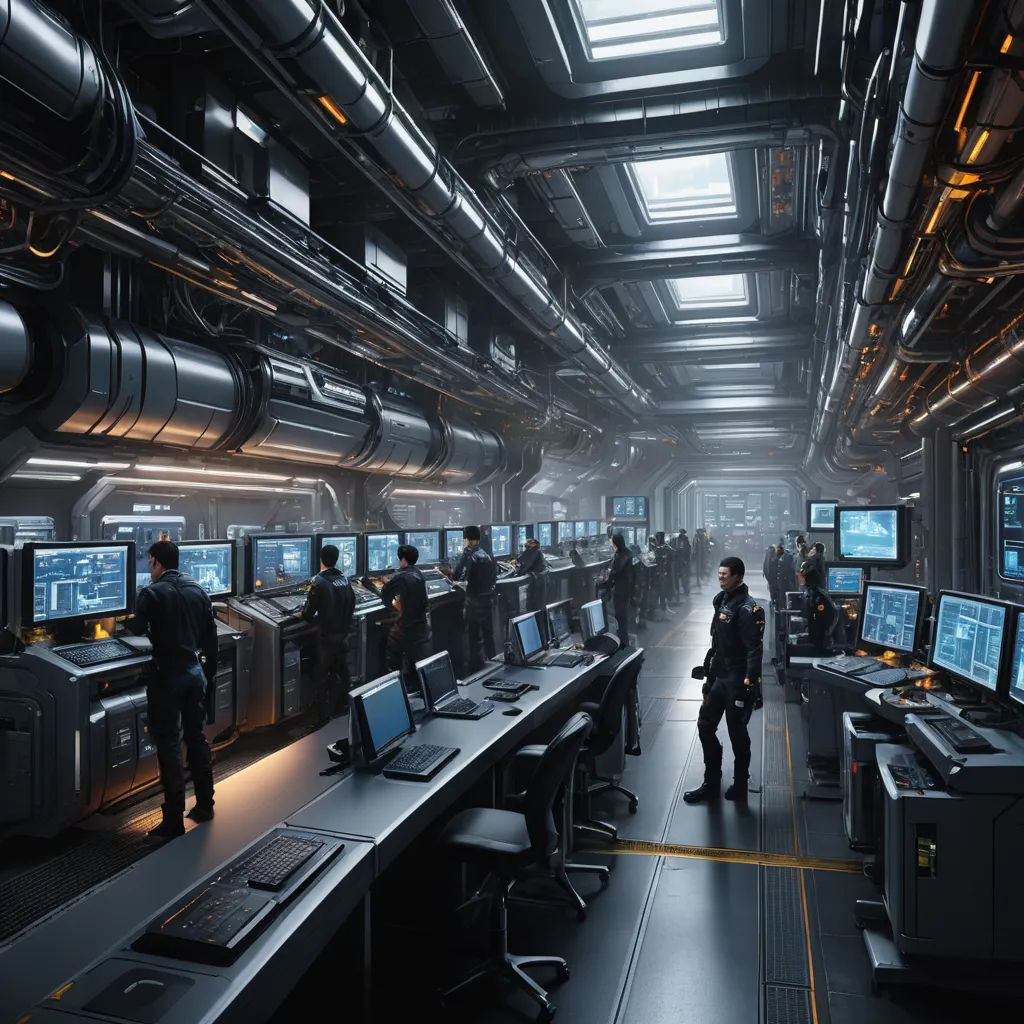
The benefits of an automated system quickly became apparent. The quality of the products improved, the need for reprocessing was minimized, and the reliability of the systems increased.
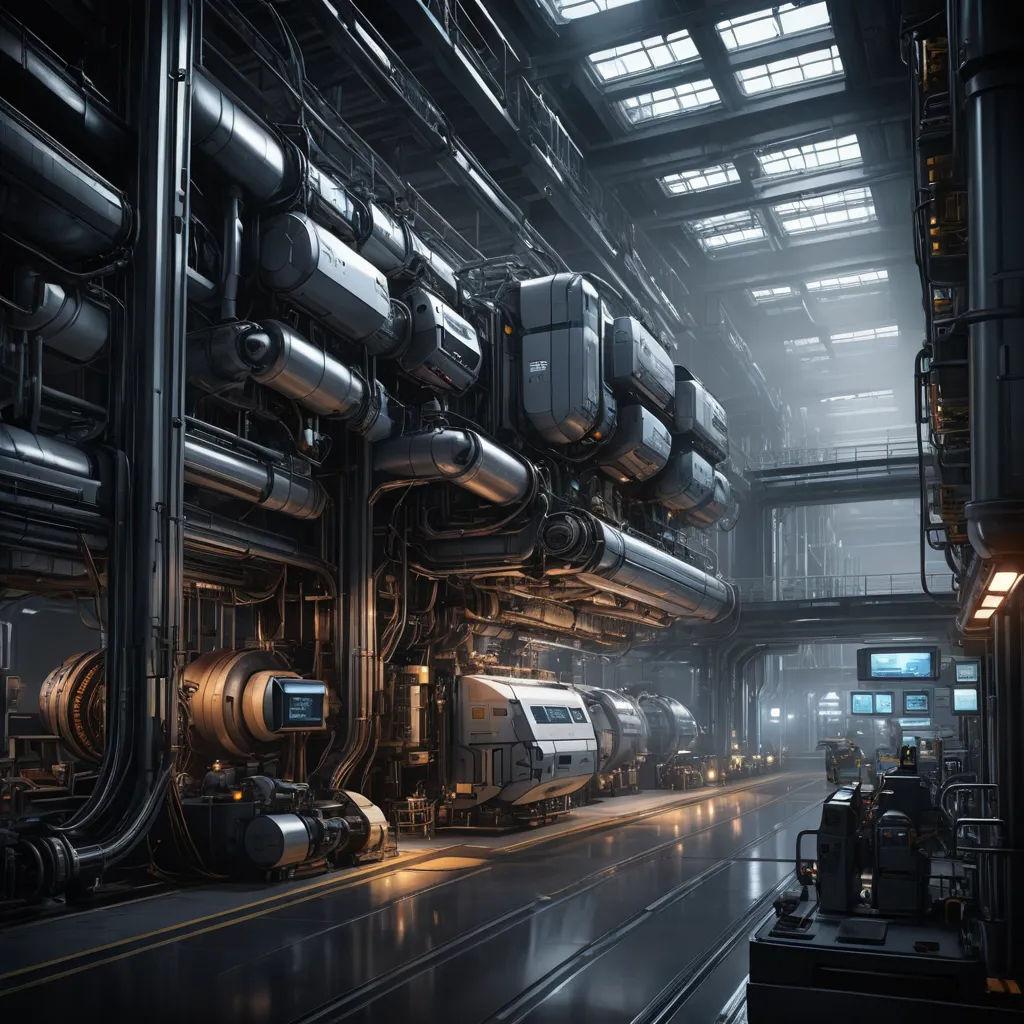
Moreover, the machines and equipment experienced less wear and tear, thereby prolonging their lifespan. The level of safety in the plant also increased, as the risk of human error was significantly reduced.
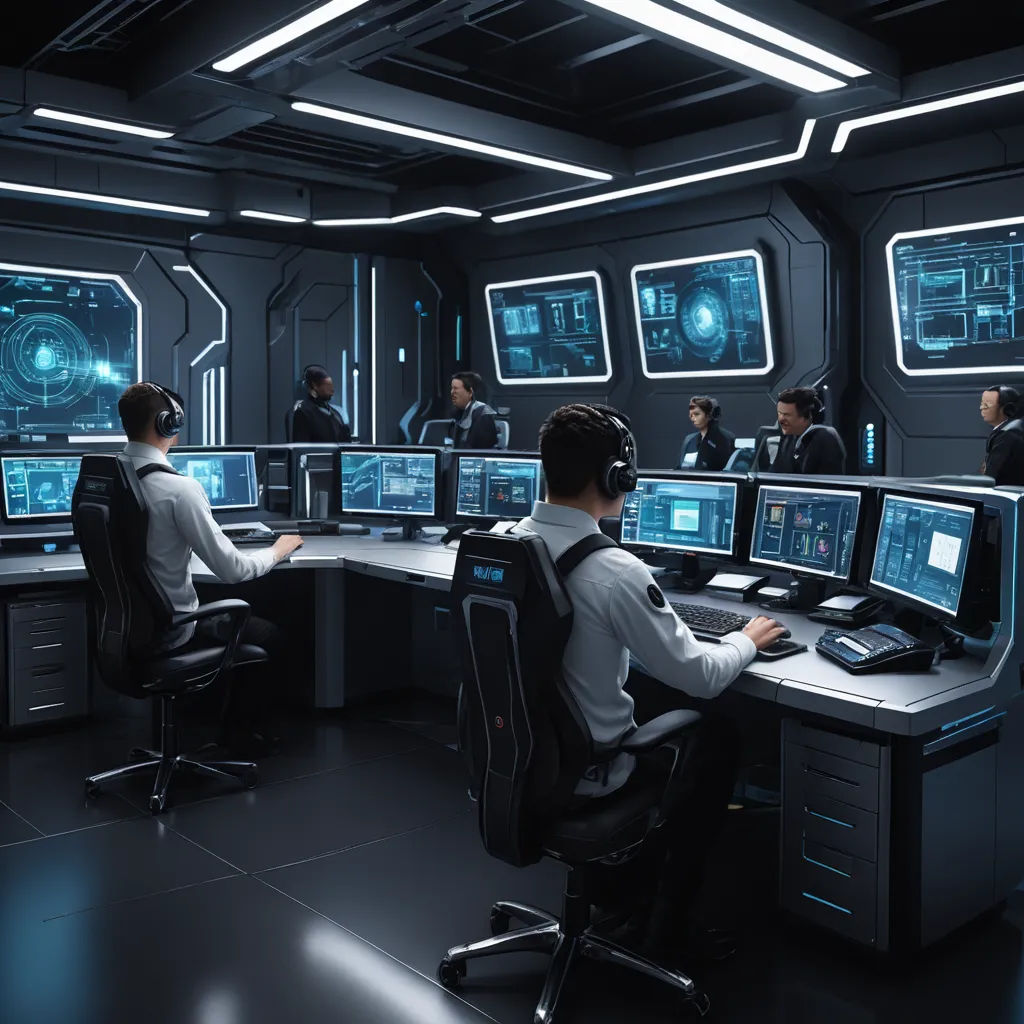
The workers found themselves free from monotonous and repetitive tasks, now focusing on supervising the automated systems. This not only made their work more interesting but also allowed them to learn new skills.
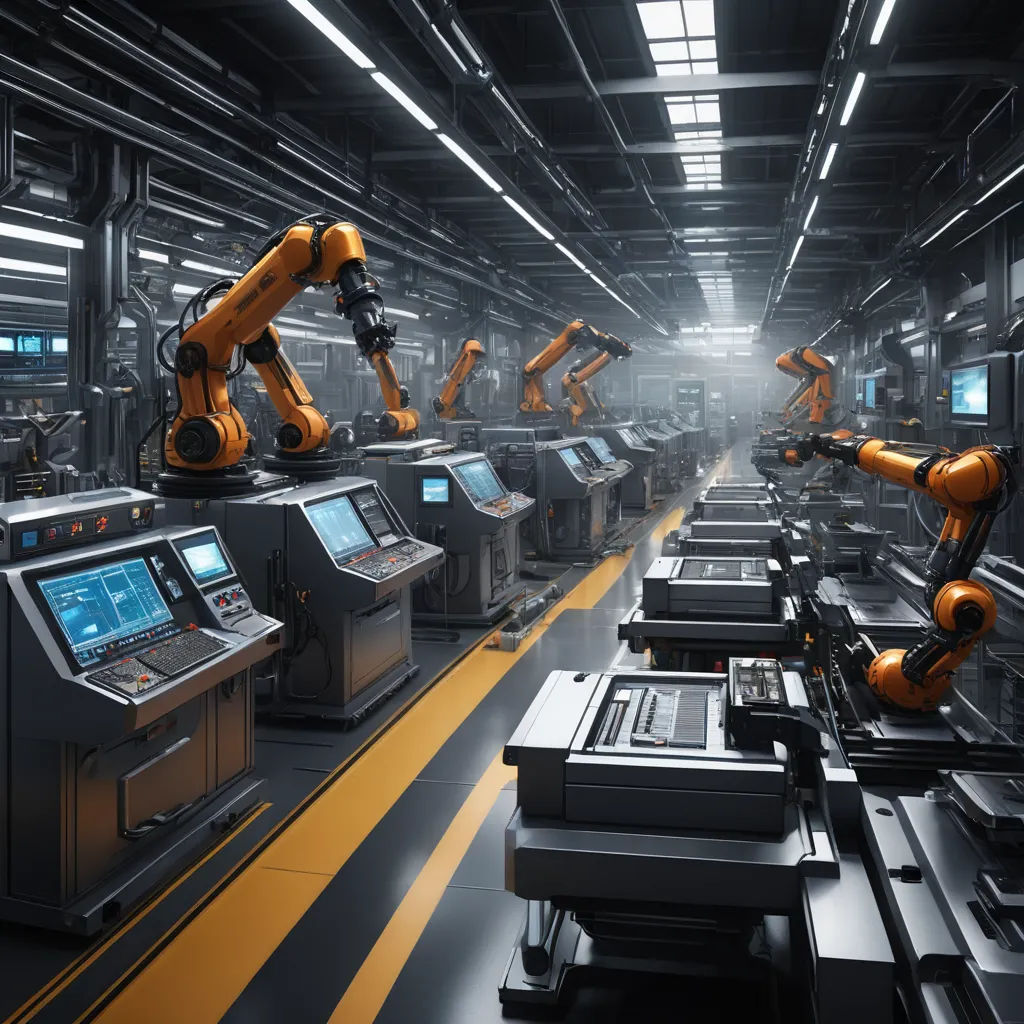
As the factory became more automated, it set new standards for production and efficiency. The PLC, with its versatility and adaptability, was instrumental in driving this change.
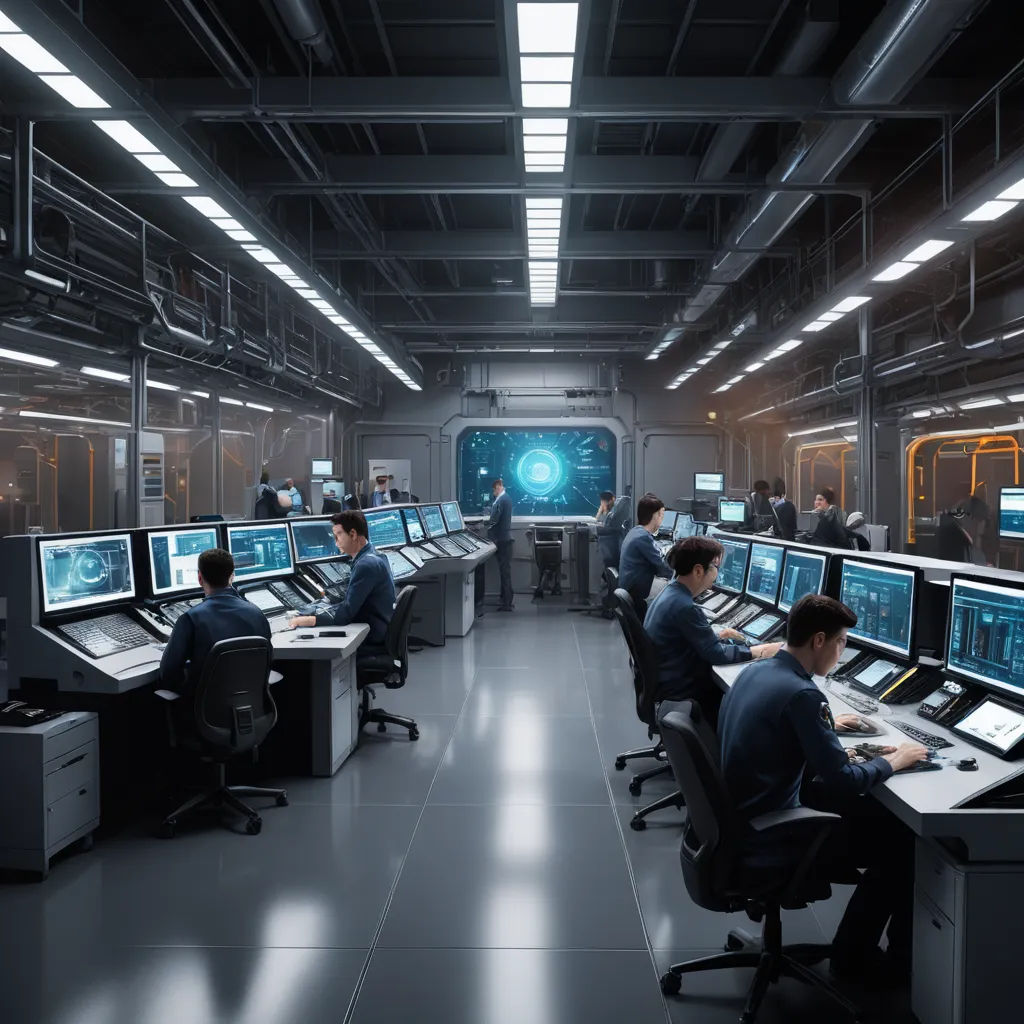
However, the success of this automation journey wasn't solely due to the PLC. The workers' ability to understand and adapt to new technologies was equally crucial. They were the ones who brought the PLC's potential to life.

They became proficient in programming and troubleshooting the PLC, ensuring the system was always at its best. They were no longer just factory workers, but automation specialists.
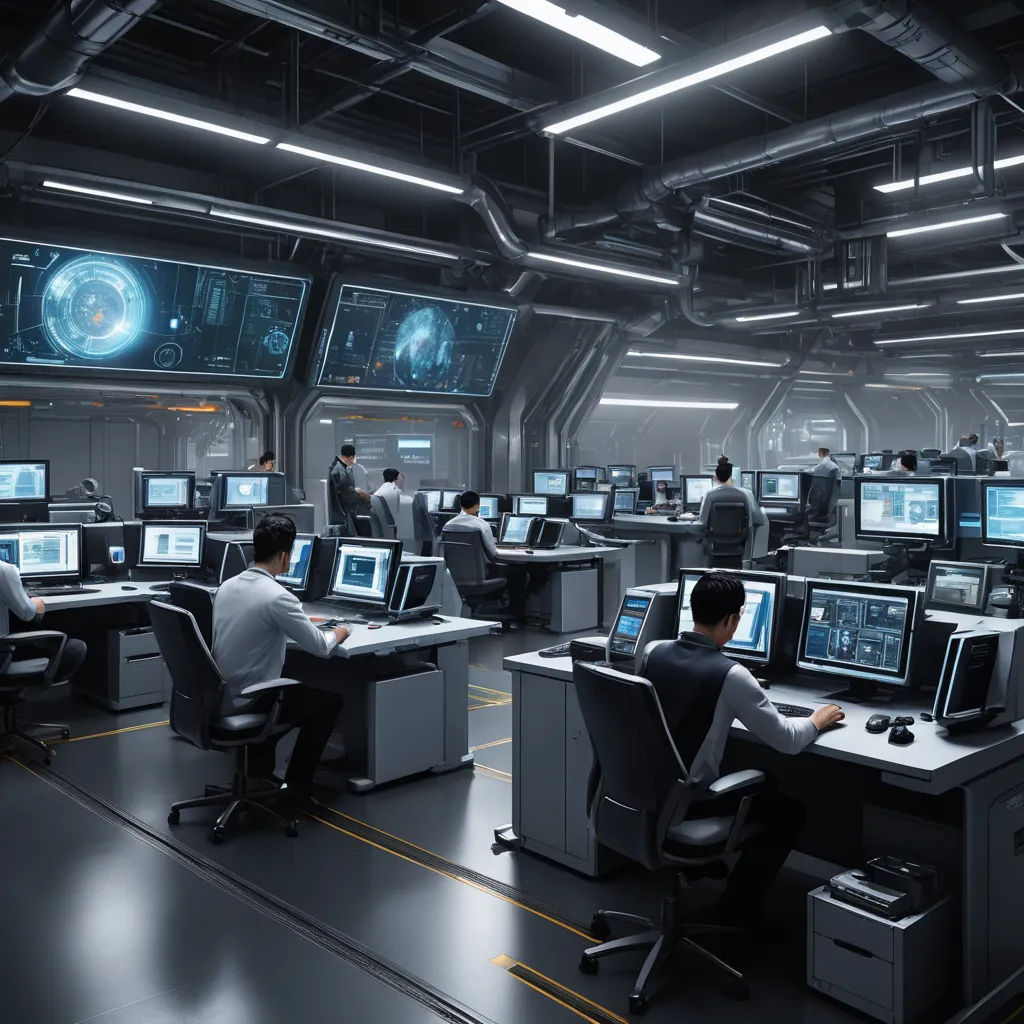
The factory's transformation was not just about technology. It was also about people, their resilience, and adaptability. It was about the harmonious blend of human skills and technology to create a more efficient and productive environment.
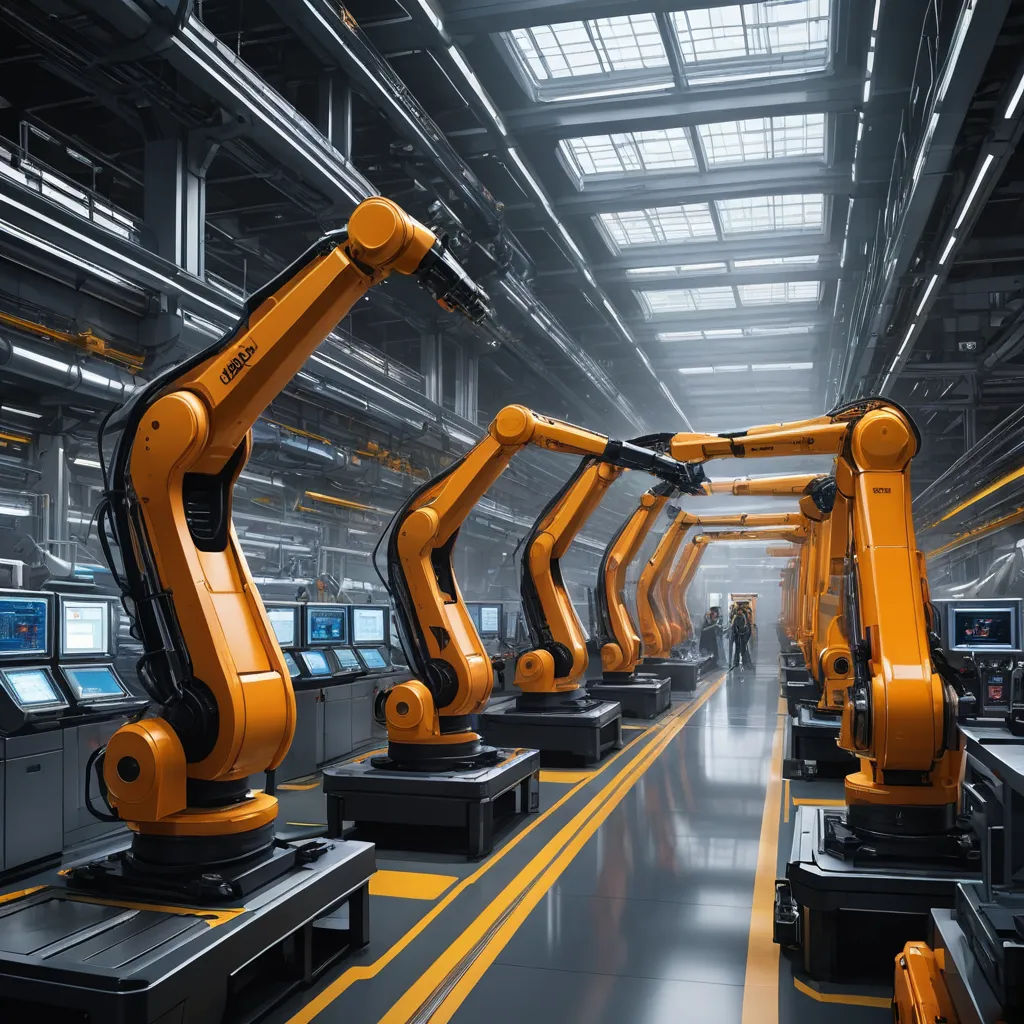
The story of Technopolis and its factory was a testament to the power of automation. The PLC, with its versatility and adaptability, had not just modernized the factory but also transformed the lives of its workers.
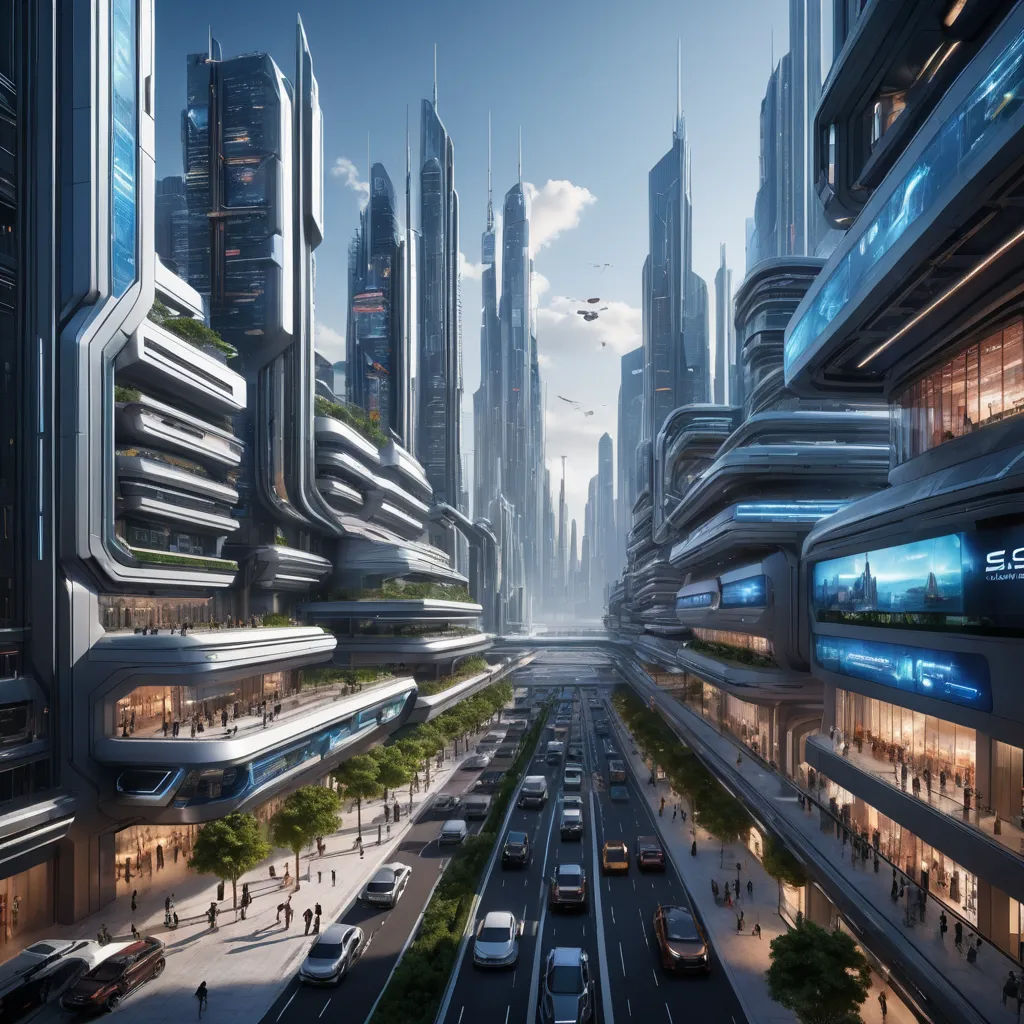
It was a story of how technology, when combined with human creativity and adaptability, can lead to remarkable transformations. It was a story of progress, of change, and of hope for a better future.
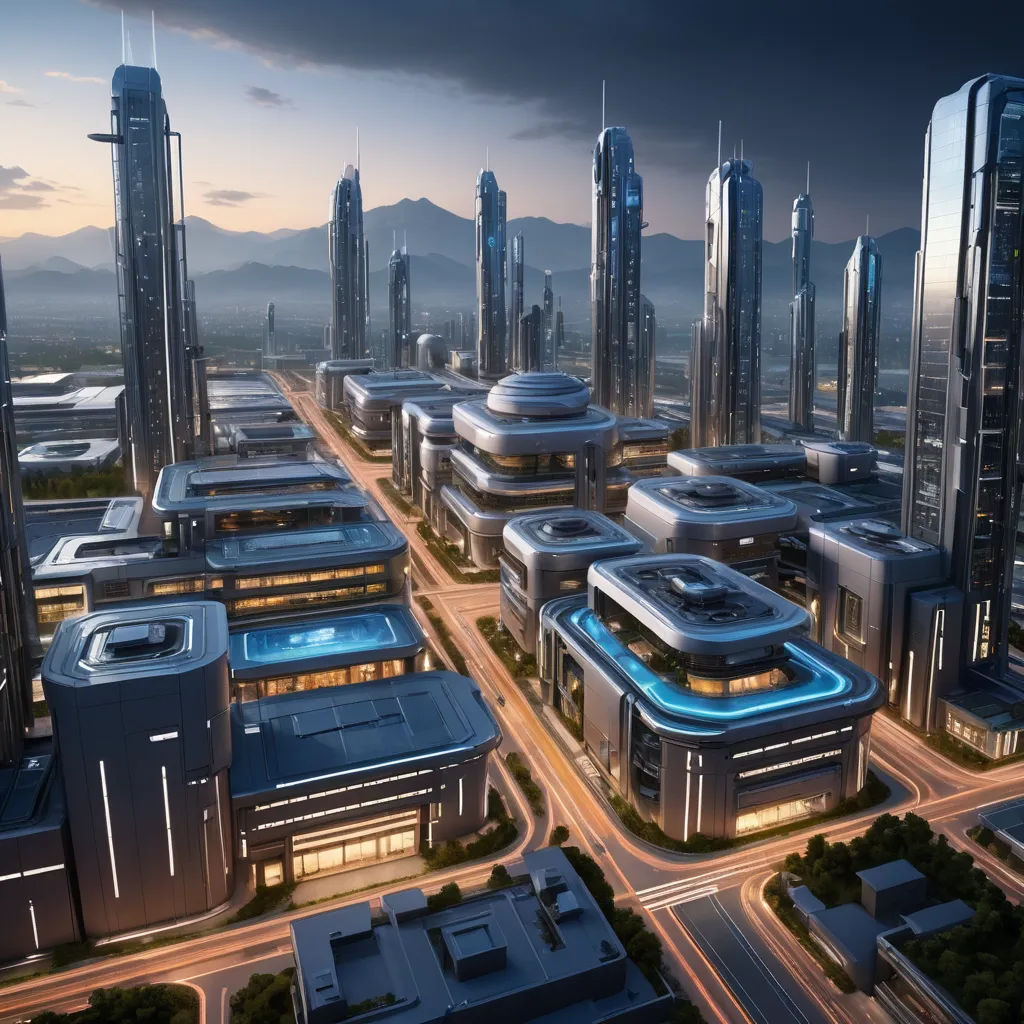
The factory in Technopolis was just one example of the power of the PLC. Across the globe, similar transformations were taking place, reshaping industries and changing the way we live and work.
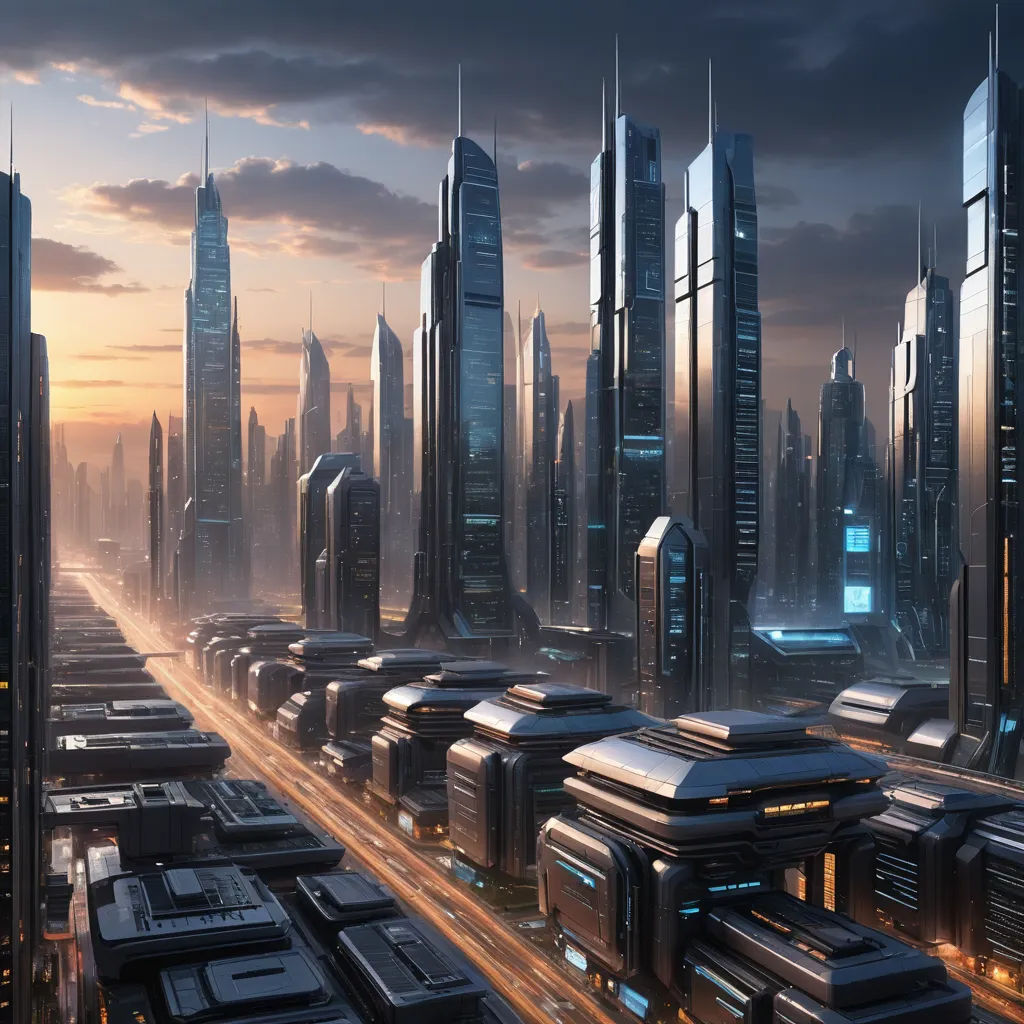
So, as we look to the future, the PLC stands as a beacon of innovation and progress. It is a reminder of how technology can enhance our lives, improve our work, and shape our world.
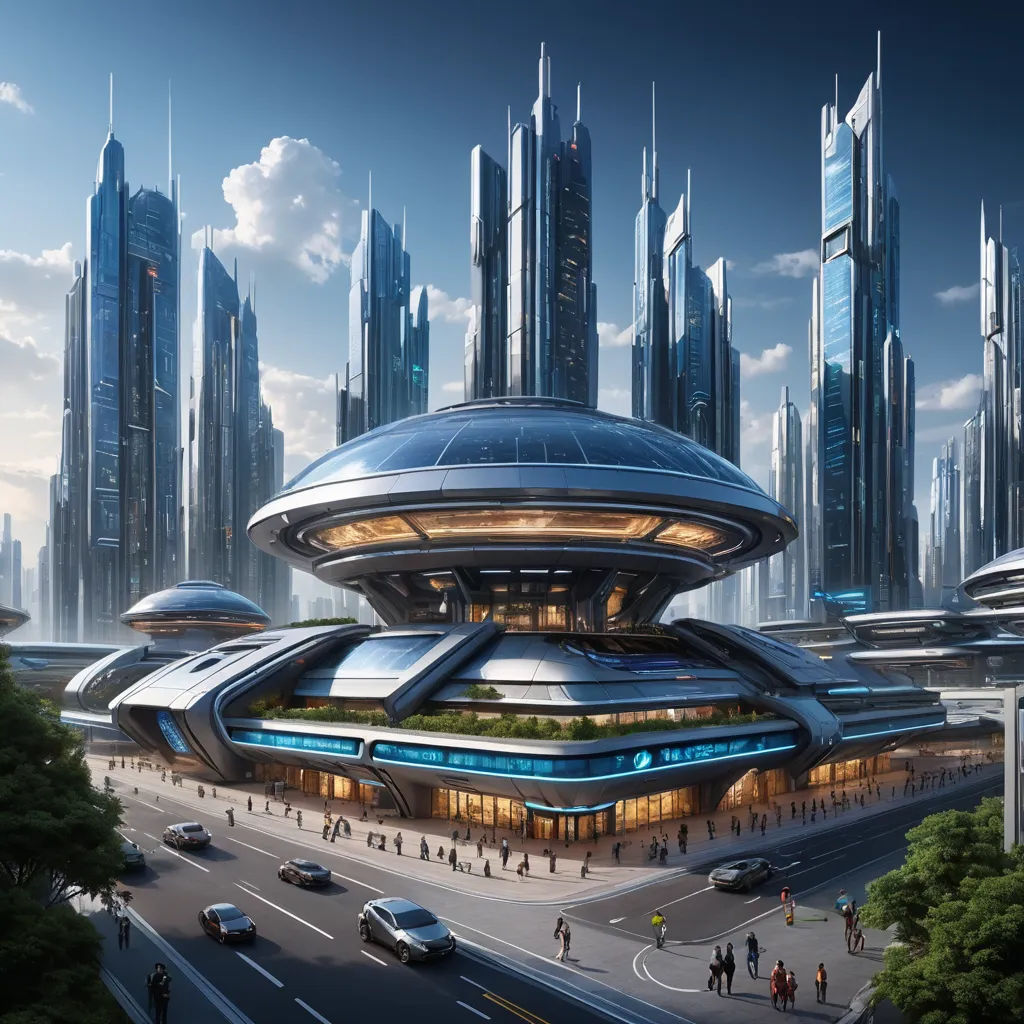
In the end, the story of Technopolis and its factory is not just about a city or a factory. It is about the power of human ingenuity, the promise of technology, and the endless possibilities they bring.
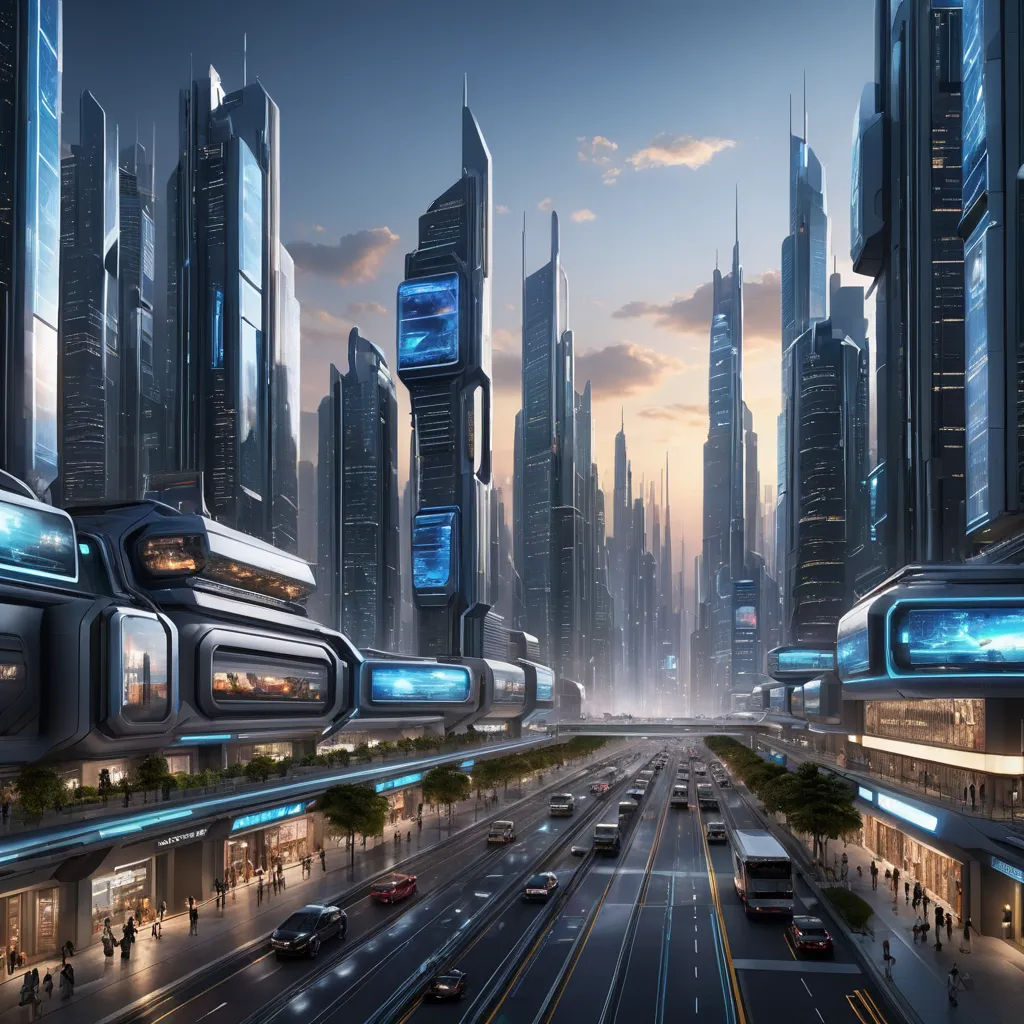
It is a story that serves as an inspiration to us all, reminding us that with the right tools and the right mindset, we can create a better, more efficient, and more sustainable world.